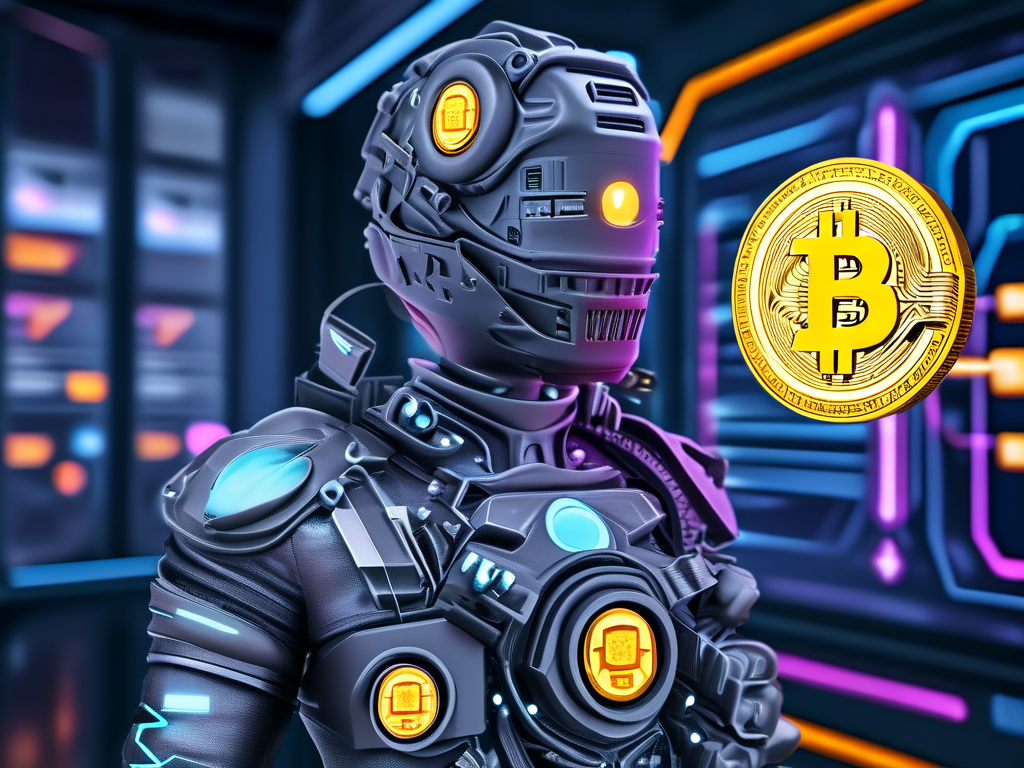The intersection of blockchain technology and gaming has birthed a transformative era for digital entertainment. Unlike traditional gaming ecosystems, blockchain-based games introduce decentralized ownership, transparent economies, and player-driven value creation. This shift is redefining how developers and players interact, opening doors to innovative revenue streams and sustainable engagement. Let’s explore the unique business models powering this revolution and their implications for the future.

Decentralized Ownership and Asset Monetization
At the core of blockchain gaming lies the concept of non-fungible tokens (NFTs), which enable players to truly own in-game assets. In conventional games, purchased skins, weapons, or characters remain under the control of the game’s publisher. Blockchain flips this dynamic: players can buy, sell, or trade NFTs on open marketplaces, retaining ownership even if they stop playing. For example, games like Axie Infinity allow users to breed and sell digital creatures as NFTs, creating a player-driven economy. Developers earn royalties from secondary sales, ensuring continuous revenue without relying solely on upfront purchases.
This model also empowers creators. Independent artists can design in-game items, mint them as NFTs, and earn a percentage of every subsequent transaction. This democratizes content creation, reducing reliance on centralized studios.
Play-to-Earn (P2E) Mechanics
The Play-to-Earn framework has disrupted the traditional "pay-to-win" approach. Players earn cryptocurrency or NFTs by completing tasks, winning battles, or contributing to the game’s ecosystem. For instance, The Sandbox rewards users with $SAND tokens for building virtual experiences, while Decentraland lets landowners monetize their parcels through advertising or events.
P2E models attract underserved demographics. In developing regions, players treat blockchain games as part-time income sources. However, sustainability remains a challenge. Tokenomics must balance inflation and utility—oversupply can devalue rewards, alienating users. Successful projects like STEPN (a move-to-earn fitness app) tie token burns to user activity, maintaining scarcity.
Interoperability and Cross-Platform Value
Blockchain’s interoperability allows assets to traverse multiple games and platforms. A sword purchased in one game could be used in another, provided both support the same standards (e.g., ERC-721). This interoperability fosters collaboration between developers and amplifies asset utility.
For example, the Enjin ecosystem lets creators issue NFTs usable across partnered games. This cross-pollination increases user retention and creates shared economies. Developers benefit from network effects, while players enjoy richer experiences.
Governance Tokens and Community-Driven Development
Many blockchain games issue governance tokens, granting holders voting rights on updates, feature rollouts, or fund allocations. This decentralizes decision-making, aligning developer and player interests. Yield Guild Games (YGG), a gaming DAO, pools resources to invest in NFT assets, sharing profits with token holders.
Community-driven development enhances loyalty. Players become stakeholders, incentivized to promote the game and suggest improvements. However, effective governance requires robust frameworks to prevent manipulation or voter apathy.
Challenges and Future Outlook
Despite its promise, blockchain gaming faces hurdles. Scalability issues plague networks like Ethereum, causing high gas fees and slow transactions. Layer-2 solutions (e.g., Polygon) and alternative chains (e.g., Solana) aim to address these limitations. Regulatory uncertainty also looms—governments are scrutinizing NFTs and cryptocurrencies, which could impact in-game economies.
Moreover, onboarding non-crypto natives remains tricky. Simplifying wallet setups and abstracting blockchain complexity will be critical for mass adoption.
Looking ahead, hybrid models may dominate. AAA studios like Ubisoft are experimenting with NFT integrations, blending traditional gameplay with blockchain benefits. Meanwhile, indie developers leverage DAOs to crowdfund projects, ensuring community buy-in from day one.
In , blockchain gaming isn’t just a niche trend—it’s a paradigm shift. By prioritizing ownership, interoperability, and community, it challenges entrenched industry norms. While obstacles persist, the fusion of gaming and decentralized tech promises a future where players aren’t just consumers but active architects of virtual worlds.

